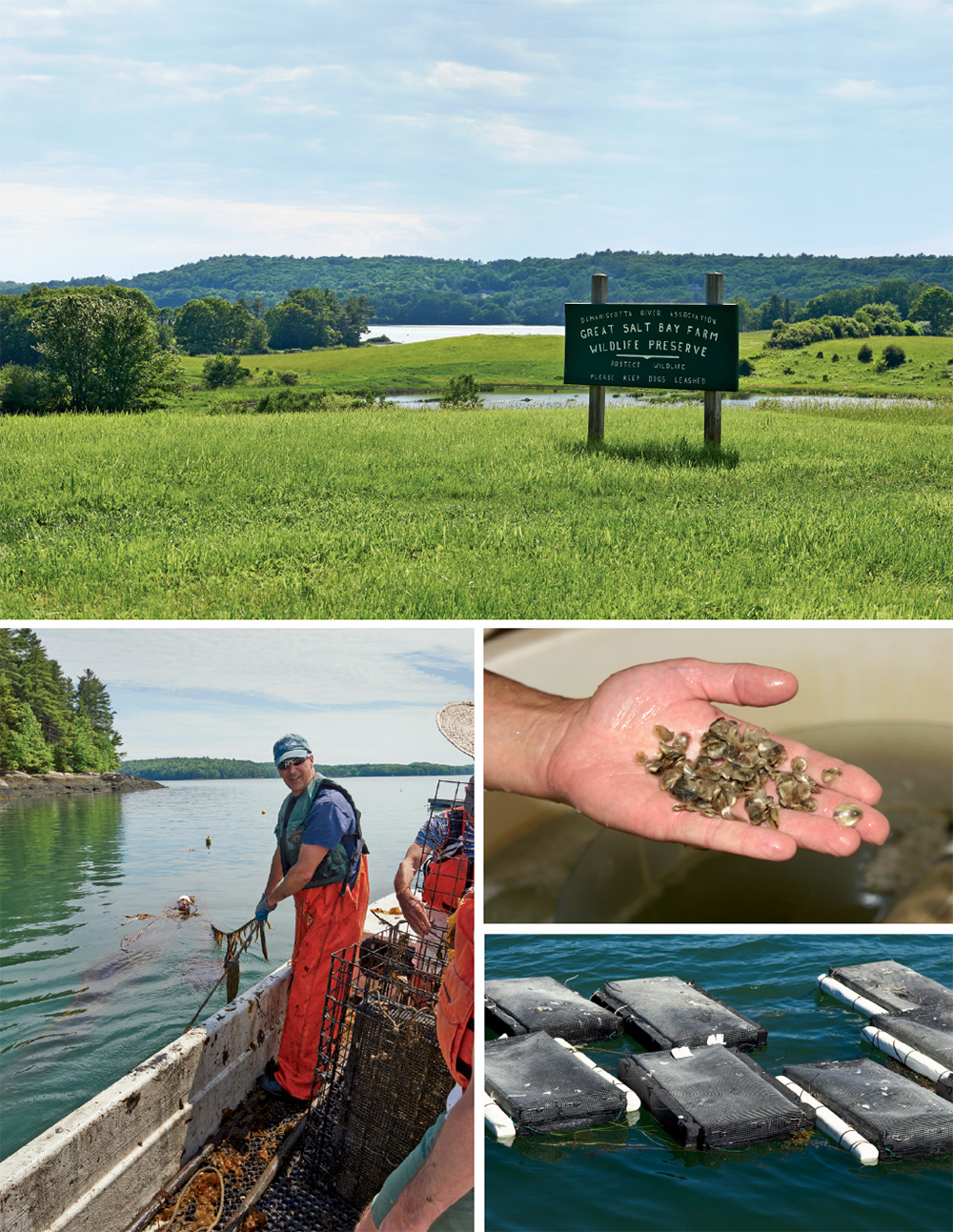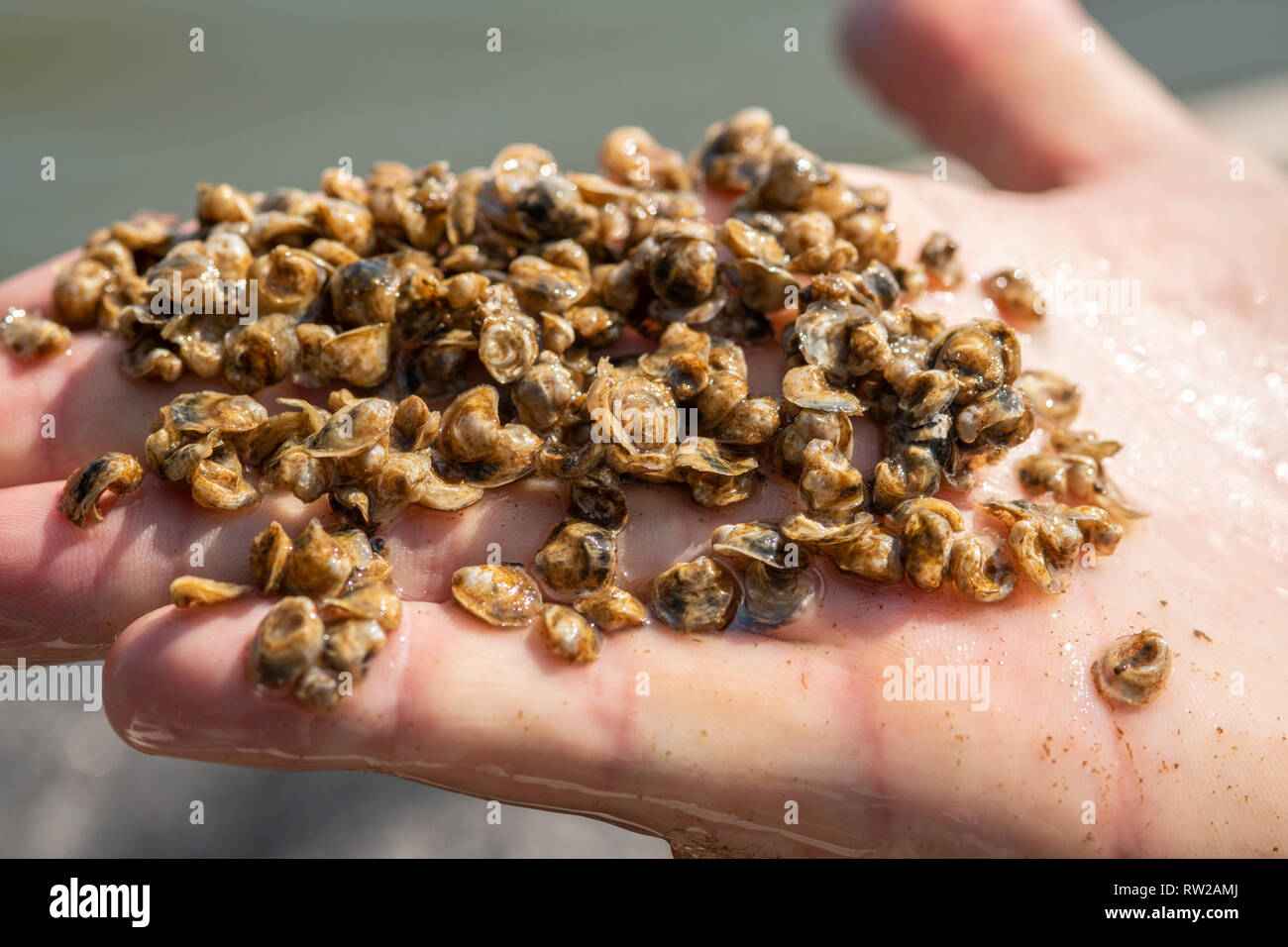


Oysters typically grow up to an inch per year. The oyster becomes a juvenile at one year of age, and officially becomes an adult at year three. Spats are oysters that have just settled to. The oyster spat will start to feed and put all of their energy into shell growth by secreting calcium carbonate from the water column. student Morgan Hawkins and hatchery technician Benton Jaco visited Gwynns. If you are interested in volunteering with the Great Bay Oyster Restoration program or other environmental stewardship programs, reach out to the New England Stewardship Network. The sites that were chosen have suitable conditions for the placement of cultch and for oyster spat recruitment. Morgan Hawkins next to high density oyster seed bottles Earlier this year MSc. We helped by volunteering a few hours on a sunny morning to count oyster spats that will be delivered to local homeowners that will monitor their growth. any of you who have been following the blog for a while may remember the craziness of the our first nsf tile experiment (tile 1. Now about 8 years underway there is a community effort to restore the oyster population. An abundance of juvenile oyster shells (spat) cling to cage wires during the yearlong project when students looked to measure the growth and survival of caged oyster spat. During the 1980s a deadly disease was introduced to the region that destroyed most of the oyster beds. The oysters were key to the health of the estuary. Great Bay had a long tradition of large populations of oysters that helped filter and clean the waters. This project will develop baseline information on environmental influences that affect oyster seed health and survival. Curious what an oyster spat is? Well, it's a baby oyster and UNH has teamed up the The Nature Conservancy and volunteer Oyster Conservationist to help repopulate this body of water with oysters. Although a majority of our projects are completed in the Lakes Region, this past July we were able to spend a morning at the UNH Jackson Estuarine Laboratory on the shores of the Great Bay in Durham to help count oyster spats.


 0 kommentar(er)
0 kommentar(er)
